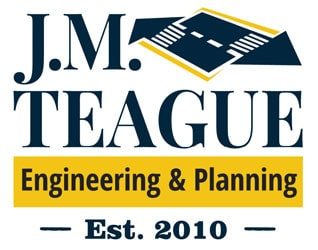Do your streets pass the 8-to-80 test?
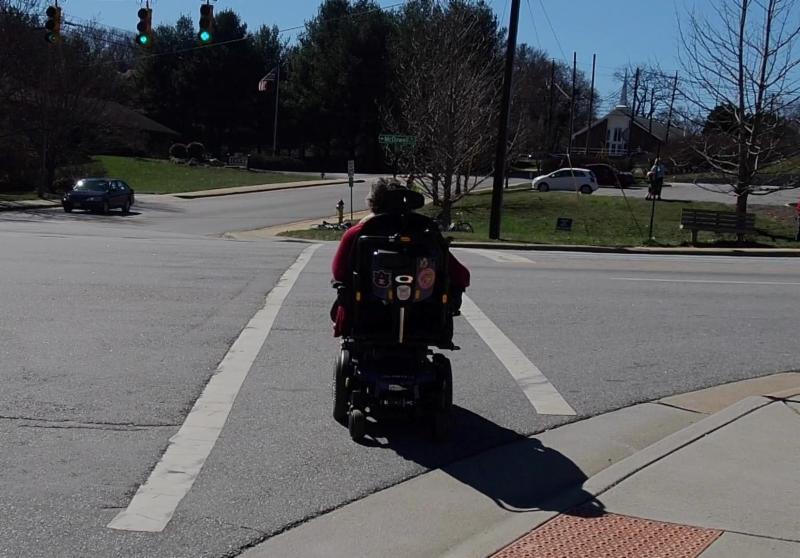
Crossing a five-lane road with no pedestrian signal can be dangerous because a wheelchair can’t go fast enough to make it across before the light changes. At JMTE, we make sure our planning documents focus on the 8-to-80 model, which is “Can an eight-year-old on a bike and an 80-year-old out for a walk both navigate their streets safely?” Our design standards and project recommendations always feature accessibility standards and consider the overall network for connectivity. Call us today at 828.456.8383 with questions or more information.

What's wrong with these pictures?
Following are some photos provided by the national Safe Routes To Schools (SRTS) Program to help local communities identify the types of common problems that children may encounter on a trip to and from school. Give yourself a quick quiz and see if you can name the problem, then check the answers below.

The driver entering this street, just before the school crosswalk, is likely looking left for oncoming motor vehicles and may not see the child or the crosswalk to the right. The amount of traffic may be prompting the child to dart across.
Motor vehicle is stopped in the crosswalk and in the red no parking/stopping zone. The red curb paint is faded. In addition, most states require all crosswalks to be white.
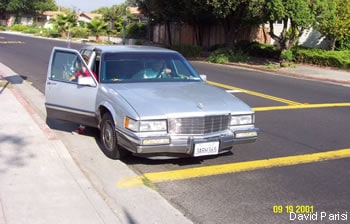
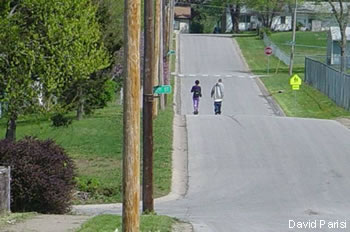
There is no paved sidewalk for these students to use, and the rolling terrain can “hide” children walking in the street.
This is a long line of motor vehicle traffic for drop-off and pick-up of school children. The sidewalk on the left side of the street is almost blocked by overgrown bushes.
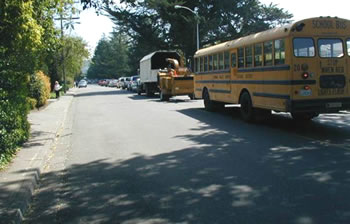
According to SRTS, school zones ideally start at the school’s front door and encompass not only the campus, but as many blocks as possible around the school. However, many schools, especially in rural areas, aren’t even located in real neighborhoods, which makes developing school zones more challenging. At JMTE, we have years of experience working with school systems and departments of transportation to help assess and improve on-campus and near campus school traffic safety. To find out more, contact Business Developer Dave Gildersleeve today at daveg@jmteagueengineering.com or 828.456.8383. It’s not to early to be thinking about the new school year!
